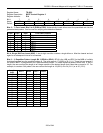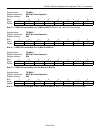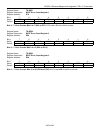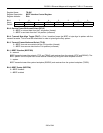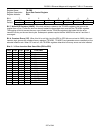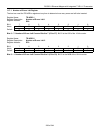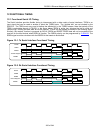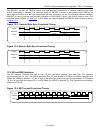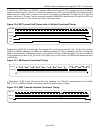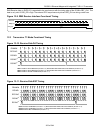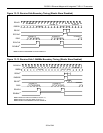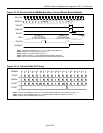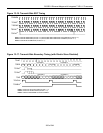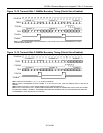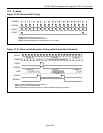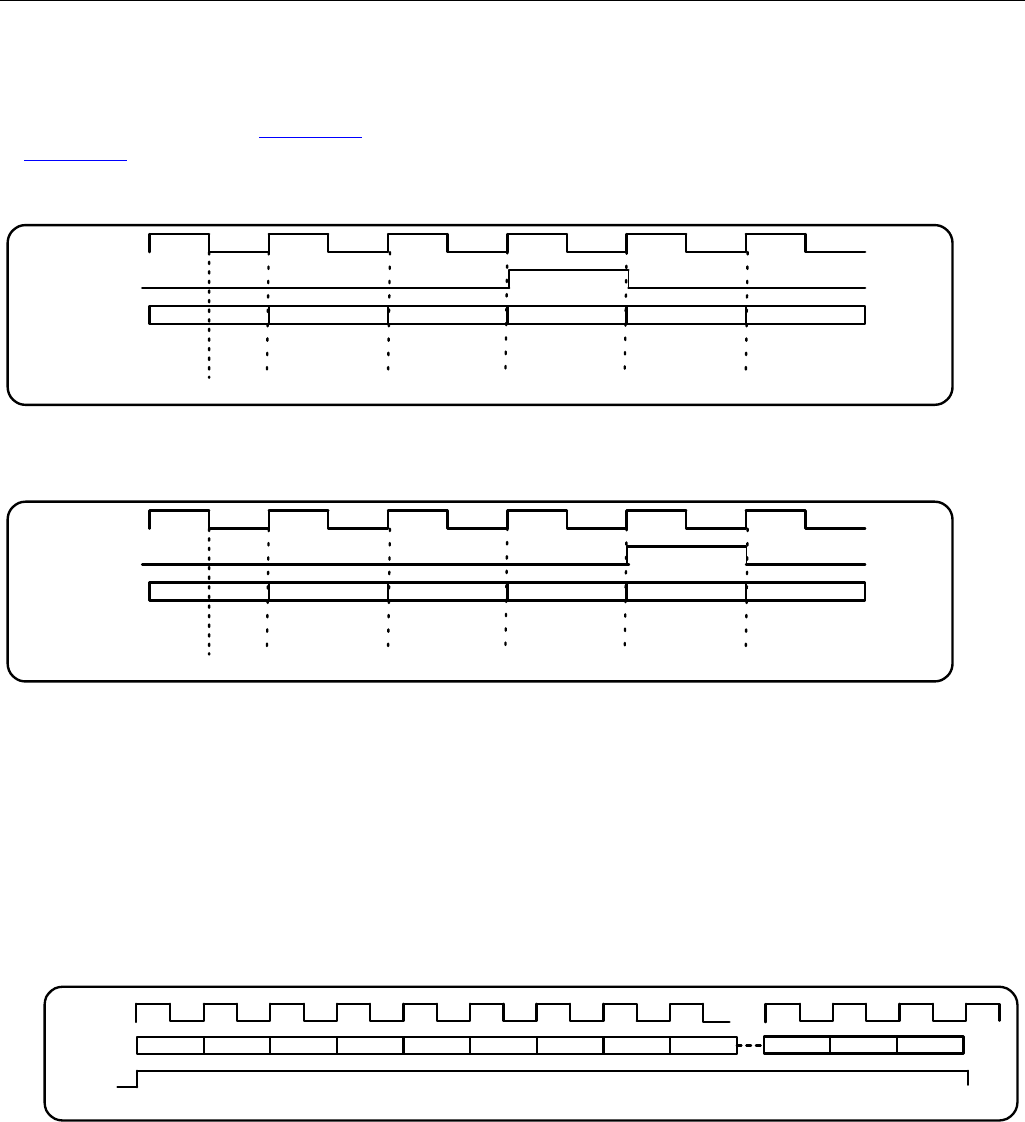
DS33R11 Ethernet Mapper with Integrated T1/E1/J1 Transceiver
301 of 344
The DS33R11 provides the TBSYNC signal as a byte boundary indication to an external interface when X.86
(LAPS) functionality is selected. The functional timing of TBSYNC is shown in the following figure.TBSYNC is
active high on the last bit of the byte being shifted out, and occurs every 8 bits. For the serial receiver interface,
RBSYNC is used to provide byte boundary indication to the DS33R11 when X.86 (LAPS) mode is used. The
functional timing is shown in
Figure 12-3. In X.86 Mode, the receiver expects the RBSYNC byte indicator as shown
in
Figure 12-4.
Figure 12-3. Transmit Byte Sync Functional Timing
last bit 1st bit
TCLKE
TBYSYNC
TSERO
Figure 12-4. Receive Byte Sync Functional Timing
last bit 1st bit
RCLKI
RBYSYNC
RSERI
12.2 MII and RMII Interfaces
The MII Interface Transmit Port has its own TX_CLK and data interface. The data TXD [3:0] operates
synchronously with TX_CLK. The LSB is presented first. TX_CLK should be 2.5MHz for 10Mbit/s operation and
25MHz for 100Mbit/s operation. TX_EN is valid at the same time as the first byte of the preamble. In DTE Mode
TX_CLK is input from the external PHY. In DCE Mode, the DS33R11 provides TX_CLK, derived from an external
reference (SYSCLKI).
Figure 12-5. MII Transmit Functional Timing
TXD[3:0]
TX_EN
TX_CLK
P R E A E M B L E
F C S



